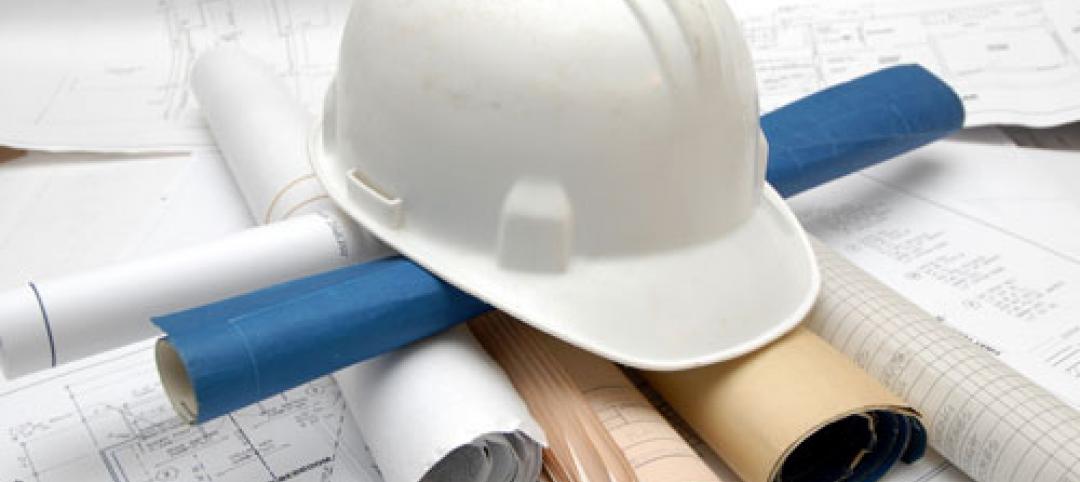New research from a George Washington University research group and LOCUS, a coalition of real estate investors that's part of Smart Growth America,says that offices in “Walkable Urban Places (WalkUPs)” bring developers 74% more rent per square foot.
The study, “Foot Traffic Ahead: Ranking Walkable Urbanism in America’s Largest Metros,” also found that areas that rank high for walkable development average 38% higher GDP than lower-ranking communities.
The researchers say that the increase in demand for pedestrian-friendly office buildings is part of a societal shift. “The last time we saw a structural change like this was back in the ’40s and ’50s,” said Christopher Leinberger, one of the authors of the report. “It’s going to take 20 to 30 years to catch up with pent-up demand.”
The study ranks the top 30 U.S. metro areas for their levels of walkable urbanism as well as projecting future rankings. It found 558 “WalkUPS” in those areas, defining them as regionally significant major employment centers. In the top 30 metros, WalkUPS take up just 1% percent of the available acreage, but account for as much as 50% of the office, hotel, apartment, and retail square footage.
Walkable urban developments are not as easy to create as the “formula product” that characterizes drivable suburban development, the study’s authors say. That’s due in part to NIMBYism and more complex permitting and review processes required in urban locations.
Related Stories
| Jan 30, 2012
ZigBee and ISO 50001: Two new standards to make buildings greener
These developments demonstrate the dynamic nature of the market and the continued need for development of program standards of many different types that help builders and owners translate high performance and sustainable buildings goals into practical measures on the ground.
| Jan 30, 2012
New firm-fixed-price rules on federal contracts impact construction industry
Contractors will need to be on the lookout for policies such as the Contractor Accountability for Quality clause.
| Jan 30, 2012
Roofer’s fatal plunge demonstrates need for fall-prevention regulations
“The biggest problem is getting our workers to use the equipment,” says Michael J. Florio, executive director of the organization.
| Jan 26, 2012
Tampa moves to streamlined online permitting system
The system will replace an inefficient patchwork of old software and is designed to provide businesses, homeowners, and contractors with online access to permitting and licensing information.
| Jan 26, 2012
EPA to collect more data, seek comments before finalizing mud rule
The EPA says it will seek more data and is accepting comments until March 5.
| Jan 26, 2012
Industry challenges Connecticut's suit over defective construction work
The dispute arose over multimillion-dollar leaks at the University of Connecticut's law library.
| Jan 26, 2012
Earthquake 'fuse' could save buildings during temblors
The idea is to use an earthquake "fuse" that can prevent the tiny fractures and warps that make structures unsafe after a quake and very expensive to repair.
| Jan 26, 2012
HPD open materials standard for green building materials gains momentum
GreenWizard, provider of a cloud-based product management and project collaboration software, is the latest industry participant to sign on
















